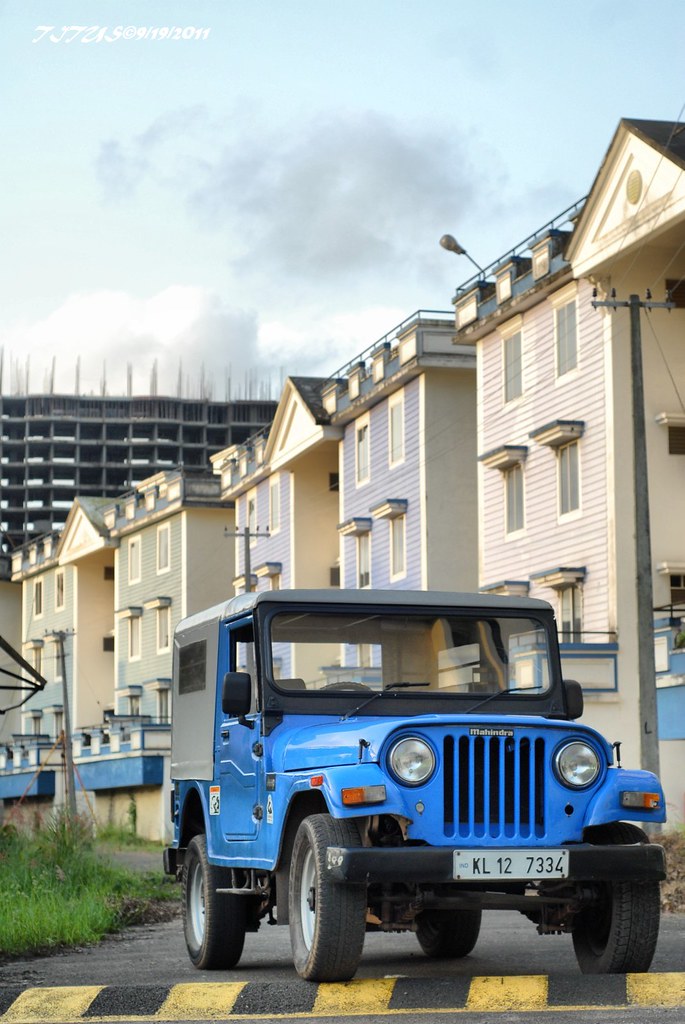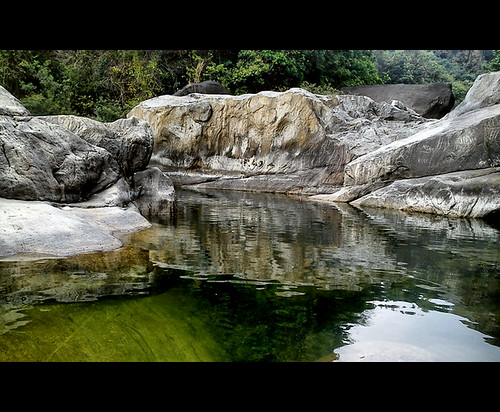ajay124
Well-Known Member
pupupuchi28
You were curious about what lenses I have considered. Frankly I have considered dozens of them but I would be happy to handpick one wide angle zoom, one normal prime, one medium telephoto prime, one long telephoto zoom and one macro lens. Choosing a macro lens:
The 105mm 2.8D mentioned in my shopping list is a macro lens. The full name for the same is AF Micro-Nikkor 105mm f/2.8D. I was earlier planning to buy the AF Micro Nikkor 60mm f/2.8D as a general purpose lens. I borrowed one from someone and found that the 90mm focal length on my cropped sensor camera was good for head shots but not so good for anything else. Even for head shots the 60mm was not a keeper because it was far too revealing. Every blemish, pimple, dark spot or ugly, spiky, spouting hair was mercilessly revealed. The good folks who had agreed to pose patiently for me were not very happy with the results. Especially the ladies! For close ups of tiny insects the focal length was a little short as the little ones would become aware that a nosy human being was peeping and they would scurry away in a huff. Therefore I opted for the 50mm and 85mm primes as my general purpose and portrait lenses. The Micro-Nikkor's are super sharp lenses for close up shots of insects, flowers and products but perhaps not so great for shooting at infinity or clicking portraits.
I feel the 105mm focal length (translated into 157mm on my D90) would be just right for macro photography. Nikon has a 200mm macro which would be great for shooting snakes from a reasonably safe distance. But since I do not have the courage or the inclination to shoot living organism which could retaliate violently, I have not considered the 200mm! The new G series 105mm Micro Nikkor incorporates Nano coating, ED glass, VR and weather sealing but I would rather buy the D series 105 Micro Nikkor because it is cheaper, sharper and has a far more desirable retro look and feel.
Micro-Nikkor AF 105mm f/2.8 D - Review / Lab Test Report
You were curious about what lenses I have considered. Frankly I have considered dozens of them but I would be happy to handpick one wide angle zoom, one normal prime, one medium telephoto prime, one long telephoto zoom and one macro lens. Choosing a macro lens:
The 105mm 2.8D mentioned in my shopping list is a macro lens. The full name for the same is AF Micro-Nikkor 105mm f/2.8D. I was earlier planning to buy the AF Micro Nikkor 60mm f/2.8D as a general purpose lens. I borrowed one from someone and found that the 90mm focal length on my cropped sensor camera was good for head shots but not so good for anything else. Even for head shots the 60mm was not a keeper because it was far too revealing. Every blemish, pimple, dark spot or ugly, spiky, spouting hair was mercilessly revealed. The good folks who had agreed to pose patiently for me were not very happy with the results. Especially the ladies! For close ups of tiny insects the focal length was a little short as the little ones would become aware that a nosy human being was peeping and they would scurry away in a huff. Therefore I opted for the 50mm and 85mm primes as my general purpose and portrait lenses. The Micro-Nikkor's are super sharp lenses for close up shots of insects, flowers and products but perhaps not so great for shooting at infinity or clicking portraits.
I feel the 105mm focal length (translated into 157mm on my D90) would be just right for macro photography. Nikon has a 200mm macro which would be great for shooting snakes from a reasonably safe distance. But since I do not have the courage or the inclination to shoot living organism which could retaliate violently, I have not considered the 200mm! The new G series 105mm Micro Nikkor incorporates Nano coating, ED glass, VR and weather sealing but I would rather buy the D series 105 Micro Nikkor because it is cheaper, sharper and has a far more desirable retro look and feel.
Micro-Nikkor AF 105mm f/2.8 D - Review / Lab Test Report
Last edited:



